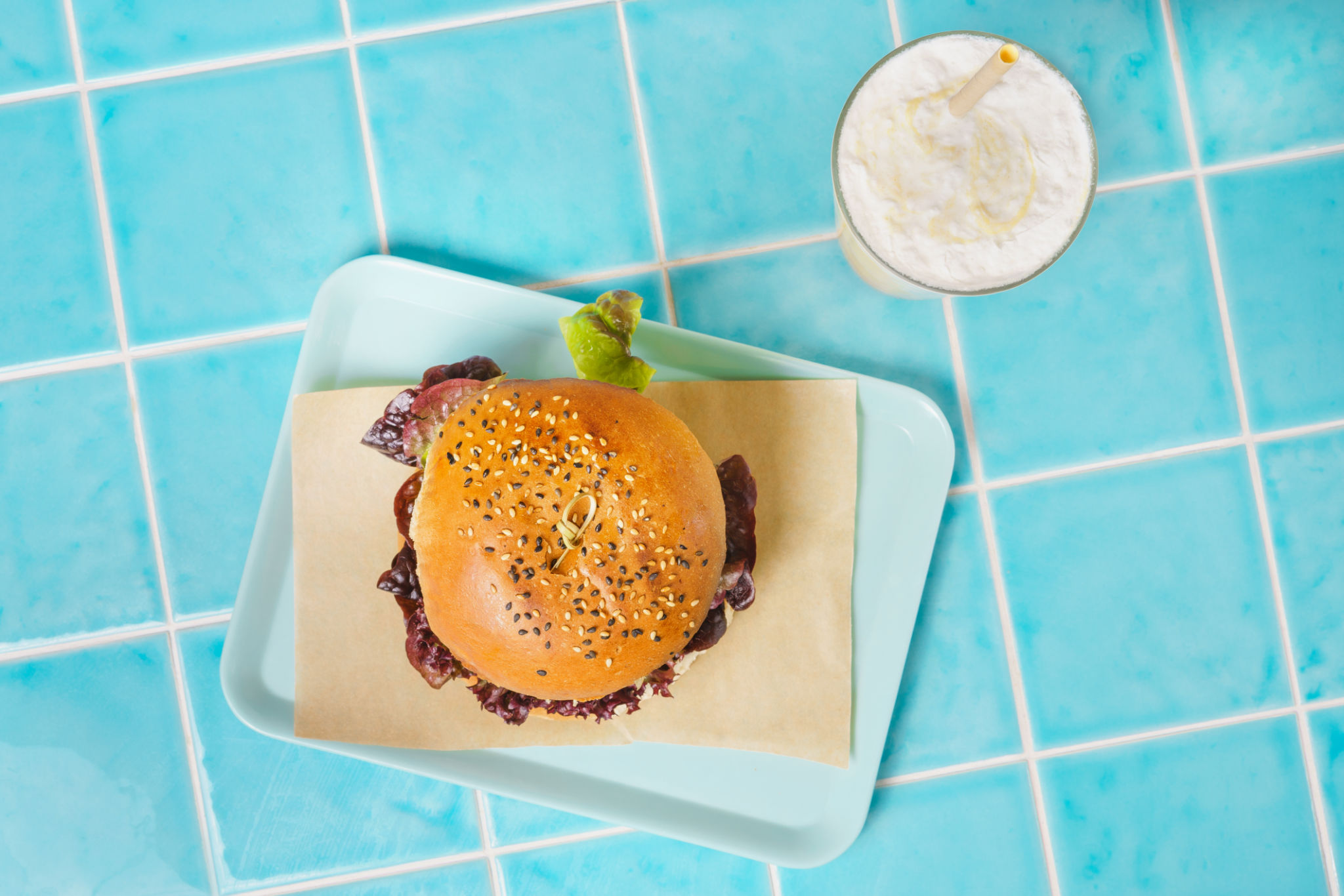DIY Tile Installation: Tips and Tricks for Beginners
Getting Started with DIY Tile Installation
Embarking on a DIY tile installation project can be a rewarding experience, allowing you to add a personal touch to your home while potentially saving money. However, it's essential to approach the project with the right tools and knowledge to ensure a successful outcome. Before you start, make sure you have all the necessary materials and equipment, such as tiles, adhesive, grout, a trowel, and a tile cutter.
Preparation is key when it comes to tiling. Begin by measuring the area you plan to tile, ensuring you purchase enough tiles to cover the space with some extra for mistakes or future repairs. Thoroughly clean the surface where the tiles will be installed. A clean and dry surface is crucial for the tiles to adhere correctly.

Choosing the Right Tiles and Adhesive
Selecting the right type of tiles and adhesive can significantly impact the durability and appearance of your project. For areas like bathrooms or kitchens, opt for water-resistant tiles such as ceramic or porcelain. These materials are not only durable but also easy to clean.
The adhesive you choose should be suitable for both the tile material and the surface you're working with. For most home projects, a pre-mixed thin-set mortar is an excellent choice. It provides a strong bond and is relatively easy to work with, even for beginners.
Laying Out Your Tiles
Before applying any adhesive, it's essential to lay out your tiles to determine their placement. This step allows you to see how they will fit and make any necessary adjustments before installation. Start by marking the center point of each wall and work outward from there. This method helps create a balanced layout and minimizes small cuts at the edges.

Consider using spacers between tiles to ensure even spacing and alignment. Spacers come in various sizes, so choose one that matches your desired grout line width. Once you're satisfied with the layout, you're ready to start adhering the tiles.
Applying Adhesive and Setting Tiles
Using a notched trowel, apply adhesive to the surface in small sections. This approach prevents the adhesive from drying out before you have a chance to set the tiles. Press each tile firmly into place, using a slight twisting motion to ensure a secure bond.
Periodically check your work with a level to maintain consistent tile height and alignment. This step is crucial, especially when working across large areas or when installing larger tiles that can easily become uneven.

Grouting and Finishing Touches
After the adhesive has set, usually after 24 hours, it's time to apply grout. Remove the spacers and use a rubber float to press grout into the spaces between tiles. Wipe away excess grout with a damp sponge while being careful not to disturb the grout lines.
Once the grout has cured, typically after 48 hours, apply a grout sealer if recommended by the manufacturer. A sealer helps protect against stains and moisture, prolonging the life of your tiled surface.
Common Mistakes to Avoid
Avoiding common mistakes can make your DIY tile installation smoother and more efficient. Some frequent pitfalls include not allowing enough curing time for adhesive and grout, failing to level tiles properly, and neglecting to seal grout where necessary.
With patience and attention to detail, your DIY tile installation can transform any space in your home into a beautiful and functional area that reflects your style. Enjoy the process and take pride in your handiwork!
